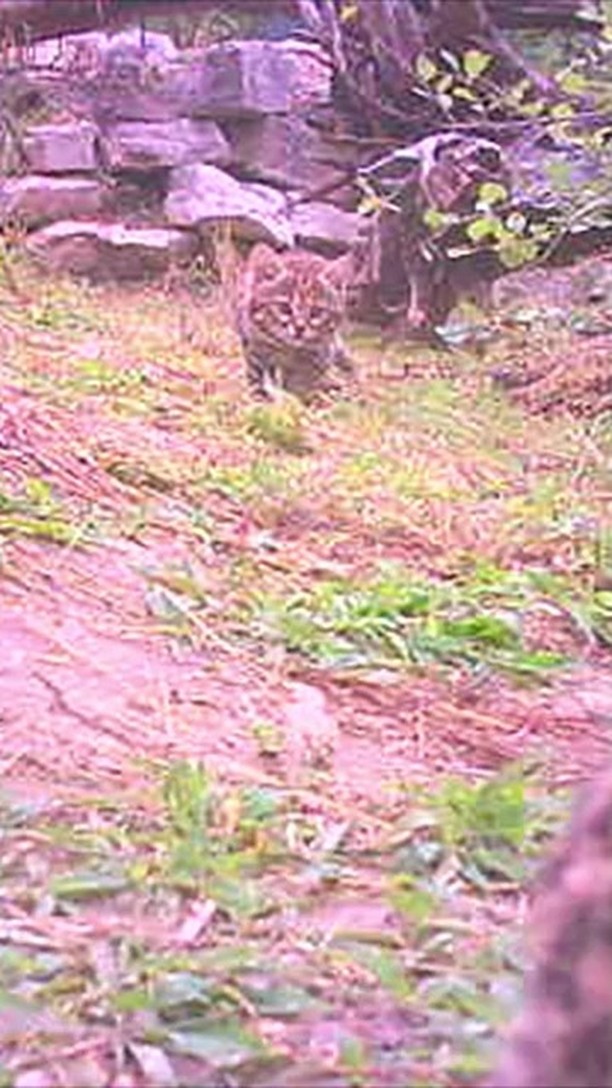- The black-footed cat: an introduction to Africa’s smallest wild predator.
- Behavioral and physical adaptations of the black-footed cat.
- The ecological role and conservation status of the black-footed cat.
- Challenges in conserving the black-footed cat in its natural habitat.
- Strategies for zoo management and wildlife conservation involving the black-footed cat.
The black-footed cat stands as one of Africa’s most captivating small predators. Often mistaken for a domestic feline due to its diminutive size, this wild cat is unique in its characteristics and behaviors. Less than half the size of a typical house cat, the black-footed cat (Felis nigripes) is Africa’s smallest wild feline, inhabiting the dry savannas and grasslands of Southern Africa. Historical records coupled with modern data reveals its intriguing lifestyle, offering insights into understanding and protecting this vulnerable species.
Distinctly, the black-footed cat displays several adaptations that make it a successful hunter despite its size. It has a reputation for being one of the deadliest feline hunters, with a success rate that outmatches larger felines like lions. The cat’s hunting prowess relies on its acute senses of vision and hearing, combined with a stealthy approach. Physiologically, it carries a spotted coat that serves as camouflage within its dry, sandy terrain. At night, the cat uses its keen senses to catch small prey such as rodents and birds, accounting for its significant nocturnal activity.
In terms of behavior, these cats lead solitary lives, spending the majority of their time alone, except when mating or raising young. Establishing sizeable home ranges, males typically patrol areas up to 20 square kilometers, peering into burrows for meals or searching for mates. Meanwhile, females require slightly less territory but remain just as elusive. Interestingly, despite their fierce independence, black-footed cats possess a playful demeanor, engaging in solo play similar to their domestic counterparts.
Ecologically, the black-footed cat plays a vital role as a predator within its environment. As a control agent for small mammal populations, it helps maintain ecological balance. However, their role often goes unnoticed due to their elusive nature and limited range. The species is currently listed as vulnerable, primarily due to habitat loss and degradation from agricultural expansion. Vehicle collisions and predation by larger carnivores pose additional threats.
Conservation efforts face numerous challenges. Due to their secretive nature and nocturnal habits, black-footed cats are difficult to observe in the wild, complicating population assessments. Researchers must rely on indirect methods, such as tracking and camera traps, to study and monitor these cats. Moreover, conservation strategies must compete against significant human-induced threats, including habitat transformation and fragmentation.
Efforts are underway to preserve the black-footed cat, both in situ and ex situ. In their natural habitat, conservationists advocate for the protection of critical ecosystems and the establishment of protected areas. Collaboration with local communities is essential, emphasizing sustainable land-use practices that accommodate both human needs and the preservation of this elusive predator. Educating the public on the ecological significance of the black-footed cat fosters a supportive environment for conservation initiatives.
In zoos and research facilities, conservationists focus on breeding programs and genetic studies. Captive breeding initiatives aim to maintain genetic diversity and ensure viable populations for potential reintroduction efforts. Part of this work involves educating visitors about Africa’s smallest wild cat, broadening public appreciation and understanding of the species. Such programs emphasize the interconnectedness of biodiversity, emphasizing how each species—regardless of size—contributes uniquely to the tapestry of life.
Friend shape does not always mean friend. This adage captures the essence of the black-footed cat’s dual perception: while endearingly small and seemingly fragile, it is a formidable hunter and a critical component of its ecosystem. Recognizing the complexity and importance of these wild felines, science and conservation efforts must harmonize to safeguard their future, ensuring that powerful predators still walk the savannas of Africa.
*****
Source Description
Friend shape does not always mean friend. 😾
To answer your question before you ask it, no these are not house cats. They are in fact Africa’s smallest wild cat, the black-footed cat. Yes, we are aware that they are smol and cute.


